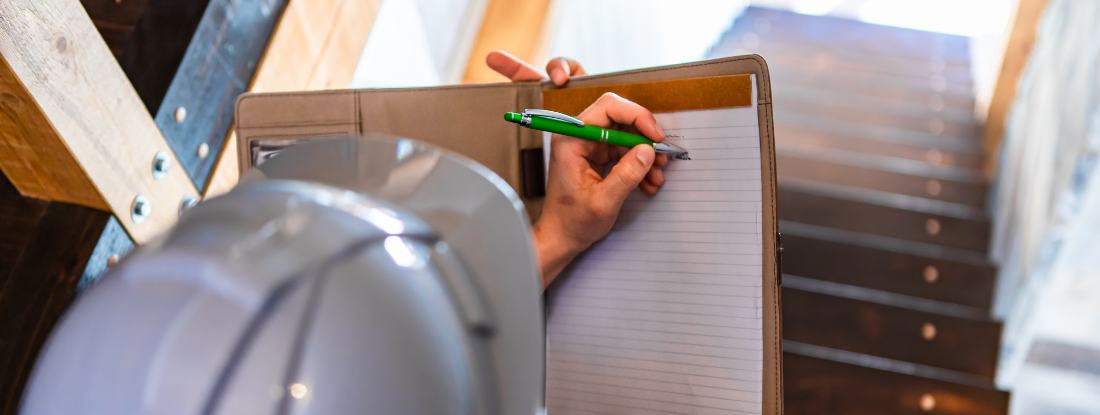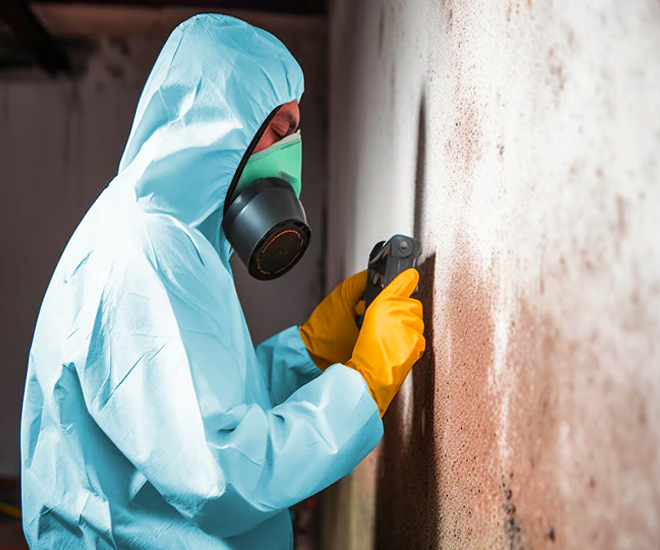Finding Post Remediation Inspection Near Me Solutions
Finding Post Remediation Inspection Near Me Solutions
Blog Article
Effective Post Mold And Mildew Remediation Solutions for Your Home
Mold growth in homes can be a persistent issue, frequently requiring a methodical method for effective post-remediation solutions. From understanding the variables that add to mold development to applying correct cleaning techniques and dampness control steps, the process can be intricate yet critical for keeping a healthy and balanced living environment. Additionally, discovering natural remediation remedies and developing a regular for continuous maintenance are vital elements of a detailed mold and mildew remediation approach. As home owners aim to address mold worries, discovering one of the most efficient solutions ends up being vital for the health of their families.
Understanding Mold Growth Aspects
Mold and mildew growth is influenced by a variety of aspects that are crucial to understand in order to successfully resolve and stop its expansion. Recognizing these aspects is crucial in carrying out successful mold and mildew removal approaches. The key element adding to mold growth is wetness. Mold and mildew spores need moisture to sprout and grow, making wet or moist settings very at risk to mold and mildew problems. Poor ventilation can likewise cause moisture accumulation, producing an ideal reproduction ground for mold and mildew.

Furthermore, air flow and light direct exposure can impact mold and mildew growth. Areas that do not have proper air flow and natural light are more susceptible to mold and mildew development. By resolving these elements adequately, individuals can efficiently alleviate mold and mildew growth and secure their living environments.
Correct Mold Cleaning Methods
Utilizing effective cleaning methods is vital in protecting against the reappearance and resolving of mold and mildew contamination in indoor environments. The first step in proper mold and mildew cleansing is to consist of the afflicted area to avoid the spread of spores to uncontaminated areas.

Implementing Wetness Control Steps
To properly prevent mold growth and contamination in indoor atmospheres, implementing dampness control procedures is extremely important. Moisture is the primary element that fuels mold advancement, making it vital to take care of moisture degrees within the home. One reliable procedure is to make use of dehumidifiers to keep interior moisture degrees below 60%. Furthermore, ensuring proper ventilation in areas prone to moisture buildup, such as bathrooms and kitchens, can help in reducing the risk of mold growth. Routinely inspecting and repairing any leaks in plumbing, roofs, or home Check This Out windows is likewise vital in stopping excess wetness accumulation. Using exhaust followers while food preparation or showering, and enabling air flow by maintaining furniture slightly far from walls can help in dampness control. Using moisture-resistant materials in high-humidity locations, such as mold-resistant drywall and paints, can be helpful. By carefully executing these dampness control procedures, home owners can properly minimize the likelihood of mold and mildew recontamination and preserve a healthy and balanced indoor setting.
Utilizing All-natural Removal Solutions
After successfully carrying out dampness control steps to stop mold and mildew development in interior environments, house owners can currently discover the effectiveness of natural removal remedies in preserving a healthy and balanced home. Natural remediation services use eco friendly methods to deal with mold and mildew and mold, making them a preferred selection for those looking for non-toxic choices. One such remedy is using vinegar, a natural antimicrobial agent, to clean and disinfect surfaces contaminated check this by mold and mildew. Just thin down vinegar with water and spray it onto the affected areas, enabling it to sit for a few hours before wiping clean. Additionally, tea tree oil, known for its antifungal homes, can be blended with water and splashed onto mold-infested surfaces to inhibit further growth. An additional all-natural option is hydrogen peroxide, which can effectively kill mold and mildew on numerous surface areas without leaving damaging residues behind. By integrating these natural remediation solutions right into their cleansing routines, house owners can successfully deal with mold and mildew growth while advertising a much healthier indoor environment on their own and their family members.

Keeping a Mold-Free Environment
Regularly inspecting areas susceptible to mold development, such as shower rooms, kitchen areas, basements, and attics, is crucial. Correct ventilation in areas with high humidity degrees is additionally essential to preventing mold and mildew growth.
In addition, maintaining cleanliness in the home is crucial for mold avoidance. Frequently cleaning and dusting surface areas, carpetings, and furniture can assist get rid of mold and mildew spores before they have an opportunity to work out and multiply. Utilizing mold-resistant items for building products and furnishings can further assist in developing a mold-free environment. Last but not least, keeping indoor plants in check and making certain appropriate her explanation drainage in outside landscape design can reduce wetness accumulation, minimizing the chance of mold and mildew invasions. By complying with these proactive upkeep methods, home owners can efficiently maintain a mold-free living room.
Final Thought
In verdict, it is vital to deal with mold and mildew development aspects, use correct cleaning methods, implement dampness control steps, make use of all-natural removal solutions, and keep a mold-free setting in order to properly manage post mold removal in your home - Post remediation mold testing near me. By adhering to these methods, you can avoid mold from repeating and make certain a healthy living atmosphere for you and your family members
The primary element contributing to mold and mildew development is moisture. Mold spores need dampness to flourish and sprout, making damp or moist settings very susceptible to mold invasions.To properly avoid mold growth and contamination in interior settings, applying dampness control measures is paramount. Additionally, making sure correct air flow in locations vulnerable to moisture build-up, such as bathrooms and kitchens, can assist lower the threat of mold and mildew development.After effectively carrying out wetness control steps to avoid mold growth in indoor environments, house owners can now check out the effectiveness of natural removal remedies in keeping a healthy and balanced living area.
Report this page